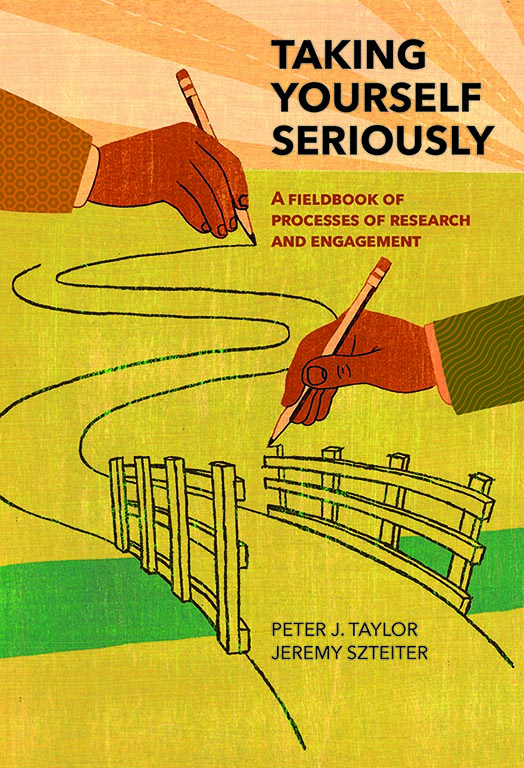Agee, J. (1981). Twelve years : An American boyhood in East Germany (1st ed.). New York: Farrar Straus Giroux. excerpt on East German teacher on Contradictions and necessity.
Sacks on recovery
Sacks, O. (1984). A leg to stand on. New York: Summit Books. Excerpts
p. 176-7. Sacks admits the “hateful spite of the sick” when faced with the healthy
p. 182-3 Sacks describes the restoration of function as requiring action, made possible by therapist or teacher, and being like a second childhood.
p. 186-7 Sacks describes the “healthy joy” and gratitude of finding the world again:
I felt that a profound crisis had occurred in my life, and that from now on I would be profoundly and permanently transformed. I would take less for granted-indeed nothing for granted. I would see life, all being, as the most precious of gifts, infinitely vulnerable and precarious, to be infinitely prized and cherished.
Instructions for use of wordpress sites in my courses
[I am posting these instructions to invite suggestions for changes and improvements.]
Quick tips: Minimal email exchanges with instructors. Use this link to report broken links or other glitches, not email. Use posts or comments to raise queries about ideas and course content (see Preamble below). Include 645 at start of subject line if you have to email.
Continue reading
Design for learning that gets constrained by Learning Management Systems
I want my online course materials to address a set of design principles that might be grouped under the umbrella of expanding access—expanding the range of influences on the students’ learning and expanding access to the learning materials from courses. Most of these principles are difficult or impossible to pursue on existing Learning Management Systems (LMSs).
I have to organize my course materials in ways that may be unfamiliar to students. I continue to work on three fronts: guide and coach students into getting used to my approaches; make periodic changes (such as when a certain platform is discontinued) and elaborations (example); and articulate the design principles—this last being the topic of this post. (Comments welcome towards revision of the post and of the principles themselves.)
Continue reading
Taking Yourself Seriously: A Fieldbook of Processes of Research and Engagement
A book of tools and processes to help readers in all fields develop as researchers, writers, workshop facilitators, and agents of change

Purchases. More details
Continue reading
Transdisciplinarity, transversality, and tensions
Transdisciplinary research integrates methods and concepts of different disciplines in systematic processes that improve on any combination of knowledge produced by specialists in disciplines, perhaps going beyond the scope of disciplinary inquiry. It does so to address real world challenges, generating knowledge and action together. (As such, it might be better named transdisciplinary research and engagement.)
Continue reading
Why is transdisciplinarity needed?
Transdisciplinary research integrates methods and concepts of different disciplines in systematic processes.
Q: Why is transdisciplinarity needed?
A: To address real world challenges.
Q: Why is transdisciplinary research needed to do that? What does it do that research in disciplines doesn’t do well? Continue reading
On transdisciplinarity
Because transdisciplinarity is radical, in the sense that it goes to the roots of knowledge, and questions our ways of thinking and our construction and organization of knowledge, it requires a discipline of self-inquiry that integrates the knower in the process of knowing.
Nicolescu, B. (ed.) (2008) Transdisciplinarity: Theory and Practice. Hampton Press.
Two extensions:
Continue reading
Guidelines to journal reviewers
[Journal X] is different from other journals in that our editorial team puts in a significant amount of effort to improve submitted papers. Our aim as an editorial team is to provide authors with clear guidance to help them revise and improve their submissions. Towards that aim, our editors synthesize and reconcile any substantive differences in the reviews, sometimes adding our own suggestions. Submissions may go through several rounds of revision before acceptance.
In the spirit of assisting authors to develop their thinking and make their written exposition of that thinking work better on readers, we ask you as a reviewer to follow these guidelines: Continue reading
A new national vote that respects the original Brexit referendum
Given the national vote in favour of Brexit, the UK government has negotiated with the European Union to arrive at the following plan: (fill in details).
Continue reading